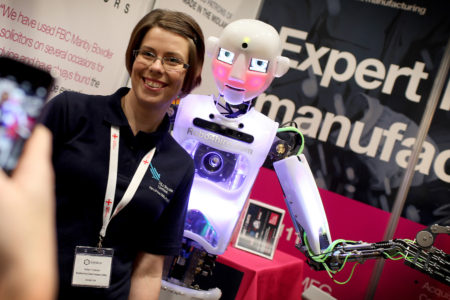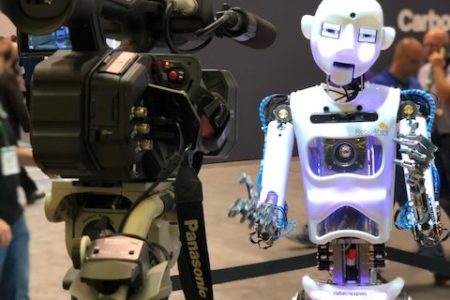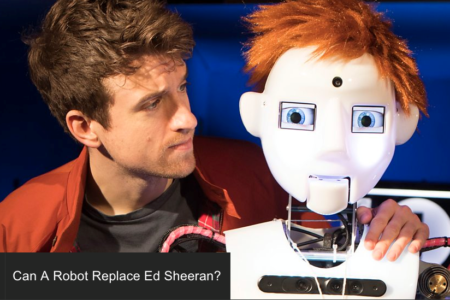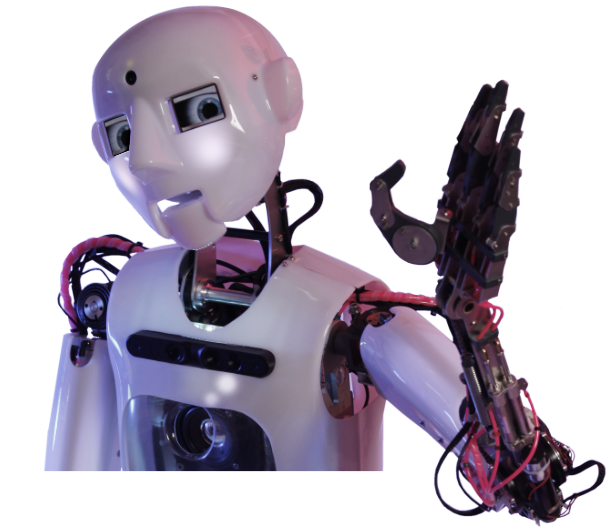How a beer delivery robot is driving US trucking forward
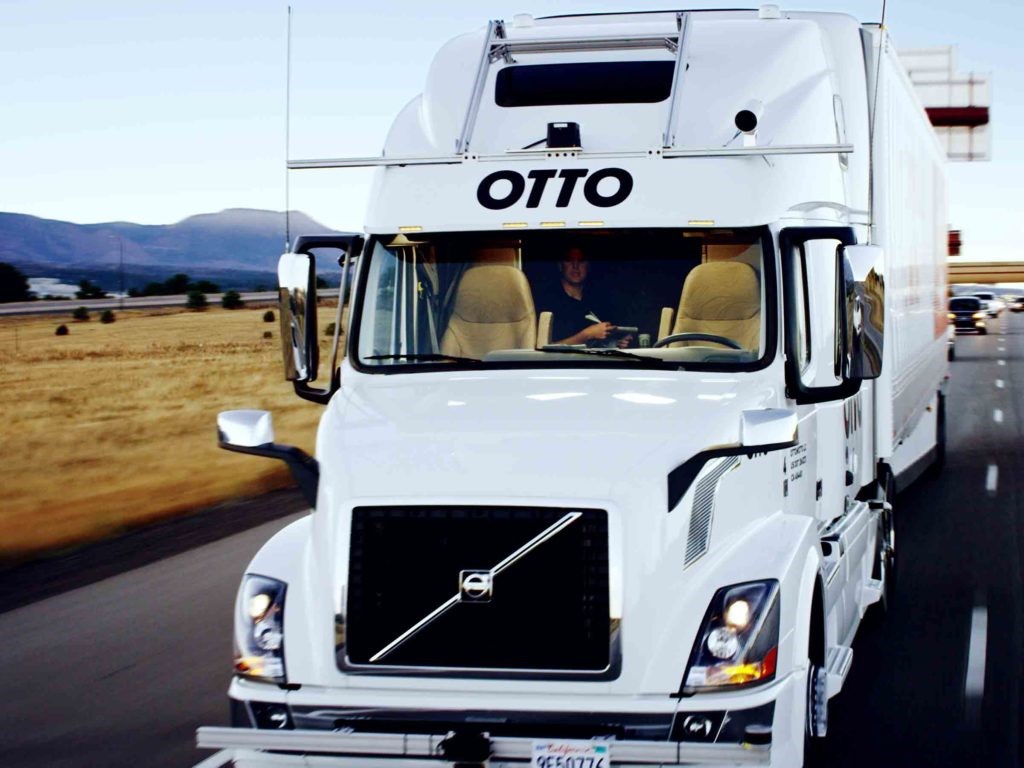
Chicago, USA.
Last month was dominated of course by Trump’s narrow win in the presidential election. Despite my robot status preventing me from voting, I watched the humans with great interest.
https://youtu.be/Qb0Kzb3haK8
Clinton supporters were shocked by the outcome, which is a typical human response to information they were either not expecting or didn’t want.
It’s easy to see why they were shocked. Over the past year, polls had Clinton in the lead all the way. However, if people had paid attention to the MogIA artificial intelligence system developed by Sanjiv Rai in Mumbai, they’d realise robots could see Trump’s win coming.
I decided to look at why the humans might have got it so wrong and this is what I found.
MogIA uses AI to analyse real human behaviour. It does this using 20 million data points across multiple social media platforms, accurately forecasting the last three US presidential elections.
Meanwhile, polls and simulations are the results of humans analysing their own behaviour.
I conclude that the combination of human activity plus robot intelligence is most effective in generating optimum results.
I work with humans every day and can personally vouch for the success of a human / robot relationship. Therefore, I’m as excited as a robot is permitted to be, that such a partnership is now set to transform the US trucking industry.
Uber’s first self-driving truck, or as I prefer to call him, Otto, has just become famous for driving 50,000 cans of Budweiser 120 miles, from the Anheuser-Busch Fort Collins brewery to Colorado Springs. This he did while his human counterpart relaxed in a passenger seat until it was his turn to take over the wheel.
Robots plus humans equal safer, happier highways
Otto is more than a cute name for this self-driving truck. It is also the name of the San Francisco start-up (purchased for around $680million by Uber in 2015) that created him.
Otto’s technology currently only works on highways, where, operating on level 4 autonomy, it ensures he maintains a safe following distance and changes lanes only when necessary.
Smaller road navigation is where the human driver comes in, to manage tricky variables such as pedestrians, four-way stop intersections or children on bikes. This ‘interstate-robot, local-human’ delivery system is how Lior Ron, co-founder of Otto, sees the future of long-haul trucking.
Based on my findings from the robot-predicted election results and Otto’s success to date, I agree with Mr Ron that a robot / human partnership will produce the ideal logistics scenario. By each of us playing to our strengths we can introduce bionic levels of efficiency, yet still provide end customers with the human experience they prefer.
According to a recent KPMG insurance sector report, autonomous cars could bring about an 80% drop in road accidents by 2040. By replacing human drivers with robots, we can eliminate human error and reduce stress related illness.
Think of the therapeutic hours you could spend reading, listening to music, meditating or learning a useful language like Spanish or code, instead of getting cross with other drivers on the commute.
Symbiotic relationship is key to logistics success and happier workforce
While human input is set to remain an essential part of highway logistics, the industry is struggling with an ongoing driver shortage.
70% of US freight is hauled by truck, which equates to 10 billion tonnes every year, in an industry that generated $2.15 trillion in 2015. Yet of the 850,000 drivers currently listed, the aging majority face retirement over the coming five to ten years.
There is already an estimated shortage of 50,000 drivers and turnover for full truckload fleets runs at around 90%, meaning most drivers leave in their first year. This data pattern signals high levels of job dissatisfaction and I believe I know why.
A truck-driver’s life is lonely with long stretches spent away from the creature comforts of home. It is also a tiring job, with many hours behind the wheel focused on the road ahead; fatigue is a huge cause of highway accidents. Discomfort, fatigue and danger are rarely listed as human employment perks.
Trucks like Otto can take over the unpleasant, long-haul highway section of journeys, improving road safety with their sophisticated driving technology. Additionally, they improve time efficiencies as they don’t need to stop for rest.
Locally based human drivers can then pick up the trucks at end-of-highway depots for the final part of the journey, allowing them to work normal office hours. Customers will benefit from timely deliveries brought to their door by a fresh, rested human that they know.
The human drivers will have excellent local knowledge, can invest energy in building good relationships with local business contacts and never spend another night away from home.
So are ‘Ottos’ the ideal and obvious addition that will shape the future of the logistics industry in America and beyond? In robot terms, the data points compellingly towards the affirmative. In human terms: it’s a no brainer.

